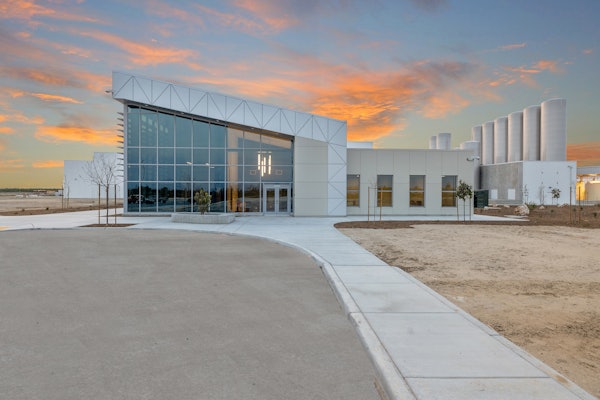Companies adopting remote services and monitoring must consider a crucial dilemma: where to adopt the technology, and where to stick with the old methods.
That’s according to PMMI Business Intelligence’s “2024 Trends in Remote Services and Monitoring” report, which uses survey input and interviews from 144 end-users and 36 OEMs to analyze the current state and future of remote services and monitoring.
Current attitudes toward remote services indicate the immediate future for many end-users will be a hybrid combination of in-person and remote provisions.
While certain functions – such as remote troubleshooting – may become more prevalent, in-person interactions remain crucial for tasks like FATs, commissioning, and initial training.
End-users are poised to embrace a combination of both approaches, leveraging the strengths of each to ensure efficient and effective operations in an evolving landscape.
Remote service opportunities in OEM support
As the capability to remotely troubleshoot and diagnose mechanical issues improves, more and more problems can be resolved without the need for OEM support staff to travel to end-users’ plants.
Most software-based issues are already being addressed via remote access, whereas mechanical issues are often complex and require a technician to be there in-person.
Although these visits are expected to decrease, it seems likely that there will always be a need for in-person support to address a significant number of failures.
Some chance for remote services in FATs and commissioning
FATs and commissioning are expected to continue to remain mostly in-person, with virtual FATs occasionally being used for repeat purchases or simpler machinery, such as conveyors.
Many end-users think it is necessary for their staff to interact with machinery to properly form an assessment.
Another use of virtual FATs is for end-users purchasing machinery from vendors outside the U.S., as the cost and time of travel are much higher when going overseas.
Augmented reality has a potential use here and could make end-users more comfortable with performing commissioning remotely.
The future of remote services and monitoring in training
In the near future, in-person training will remain the primary method for machinery end-users.
That said, both instructor-led and self-paced remote sessions can act as additional training once operators and technicians have already had the opportunity to interact with the machinery and ask instructors questions.
Augmented reality-based training will remain a niche option for now, but as the next generation of technicians and operators continue to enter the workforce, it is expected to become a much more popular option.
SOURCE: PMMI Business Intelligence, 2024 Trends in Remote Services and Monitoring Report
For more insights from PMMI’s Business Intelligence team, find reports including “2023 Moving to Sustainable Packaging: Closing the Innovation Gap” and “2023 Packaging and Automation in the Warehouses of the Future” at pmmi.org/business-intelligence.
Download the FREE report below or at pmmi.org/report/2024-trends-remote-services-monitoring.























